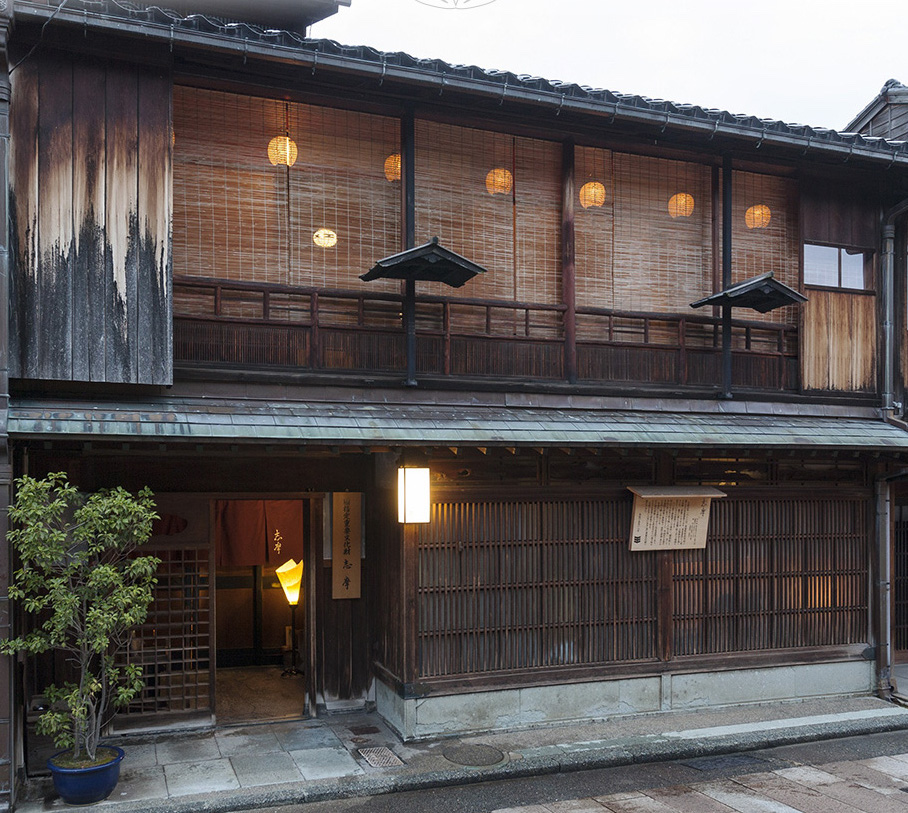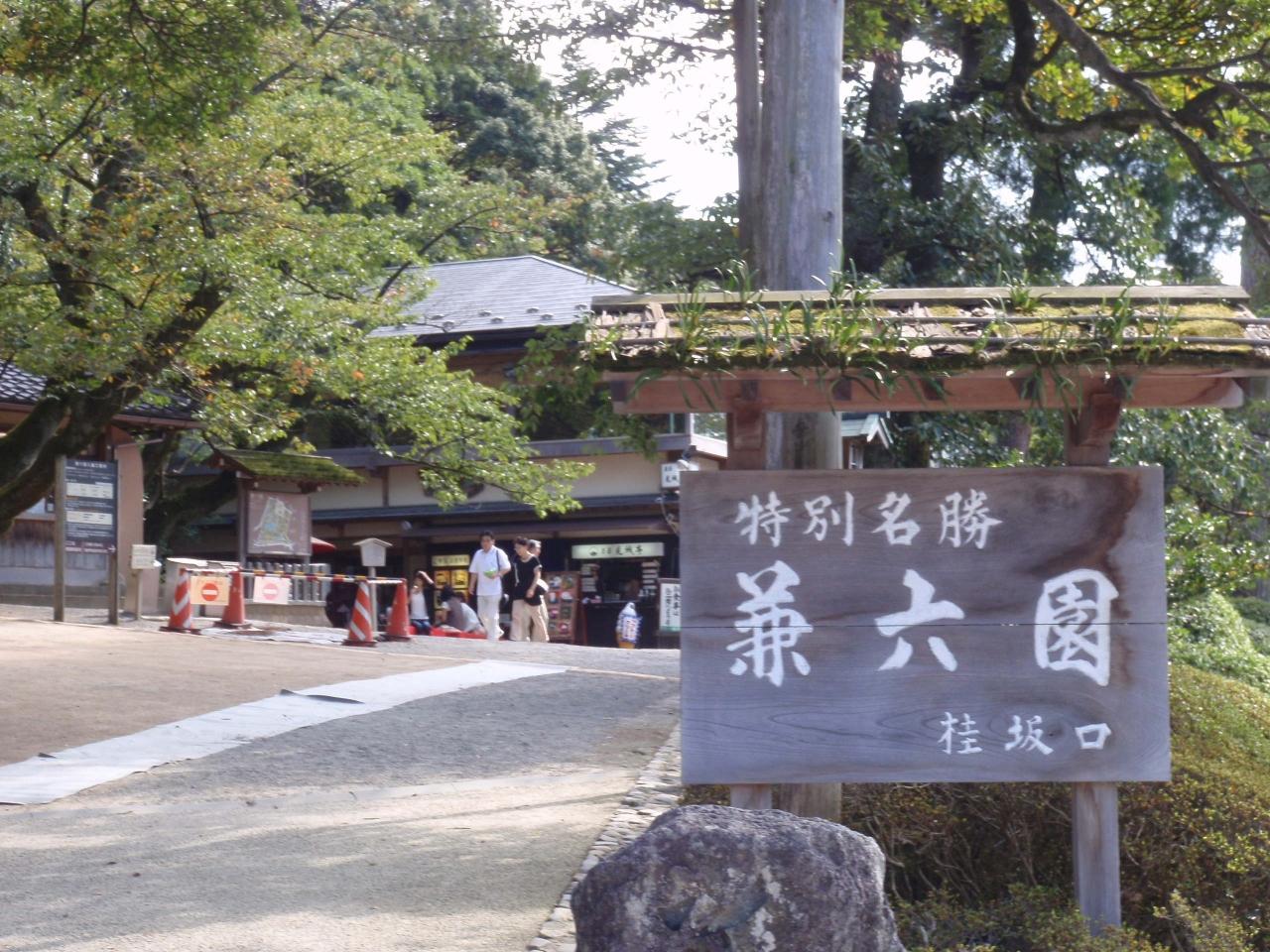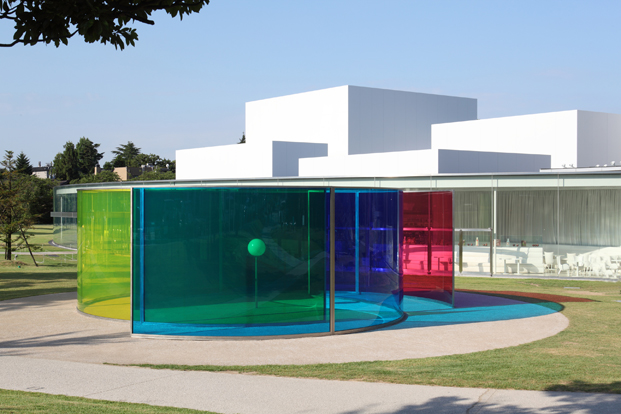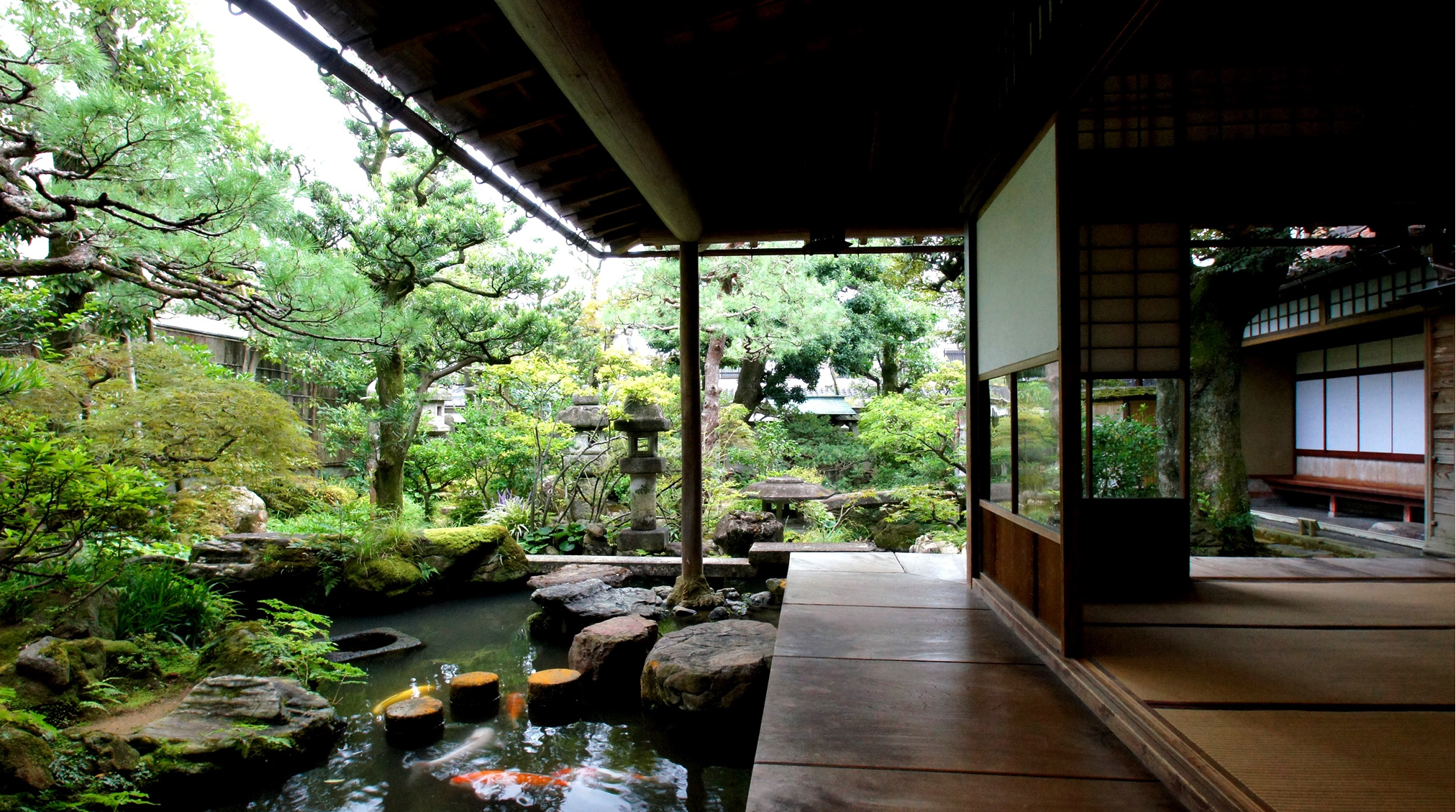What to see in Higashi-chaya District
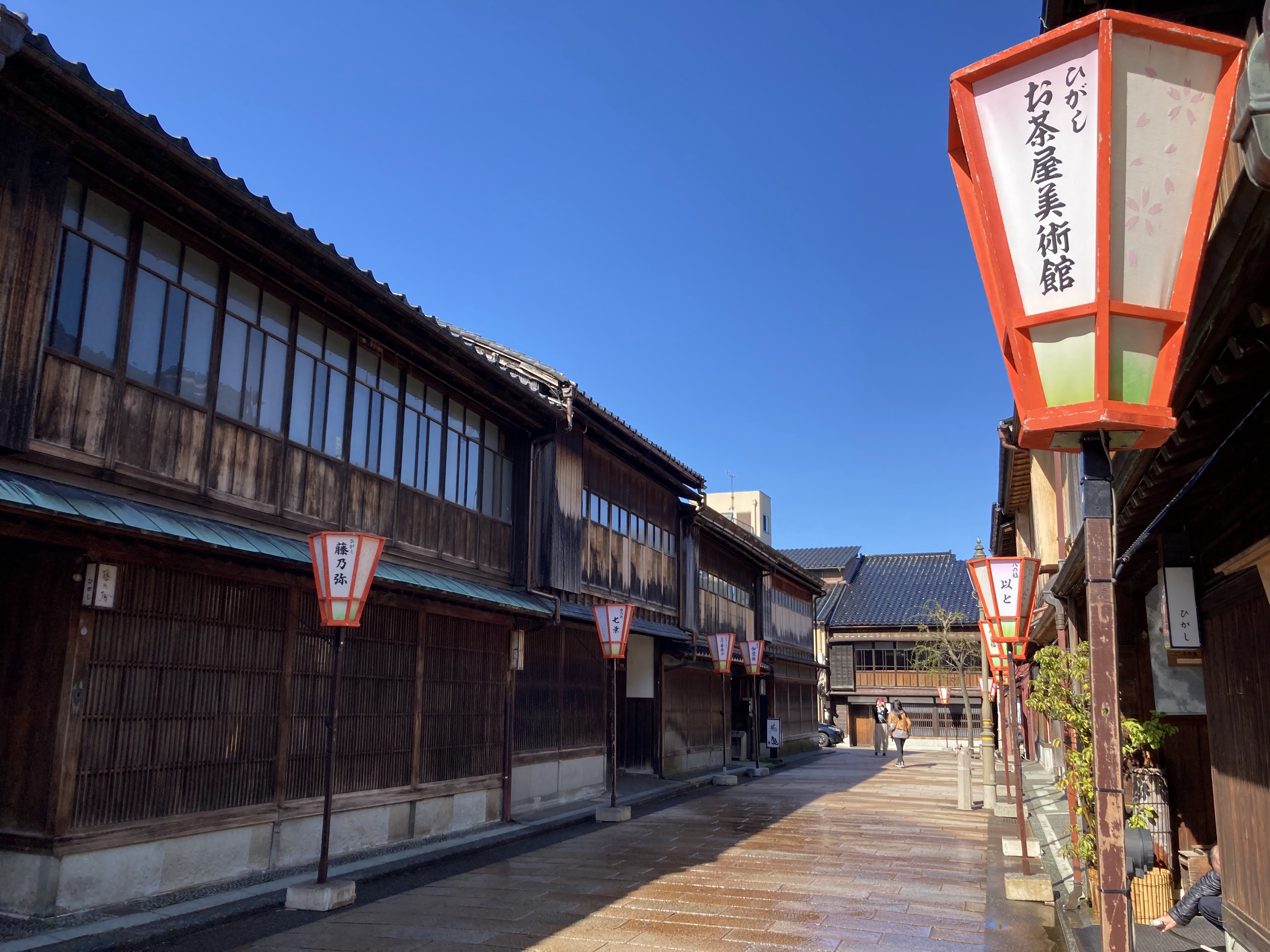
In the Sengoku (Civil War) period, this area was one of the Buddhist monk quarters in Kanazawa city. The monk quarters functioned as a fort to protect the townspeople and samurai families.
Since 1603 when the Civil War was terminated by a powerful samurai leader, Tokugawa Ieyasu, the feudal lord Maeda Toshi’ie started re-designing the area.
Its origins date back to around 1820 (the end of the Edo period), when the Kaga domain gathered teahouses once scattered along the right bank of the Asano River and formed them into towns.
The townscape is painted red and has the beautiful latticeworks and cobblestone pavements, and has been designated as a Preservation District for a group of Important Traditional Buildings.
The teahouses in Kanazawa have a lattice with narrow gaps, which is called “kimusuko”.

When seen from cross section each lattice looks trapezoidal, so you can see clearly from the inside out, but it is difficult to see inside from the outside, which is useful for securing privacy and preventing crimes.
There are multiple shops and cafes that sell Japanese sweets, traditional crafts (gold leaf crafts, Kaga Yuzen, lacquerware of Kutani and Yamanaka, etc.) and miscellaneous goods, and many tourists enjoy walking around town. You may find some of them dressed with kimono.
Above all, the scenery of the main street seen from the window of Cafe “Hayuwa (波結)” is wonderful.

Rickshaws can also be seen in this area. Since the modern era, they have been used as footholds for geigi.
Enjoy walking Higashi-chaya District!


